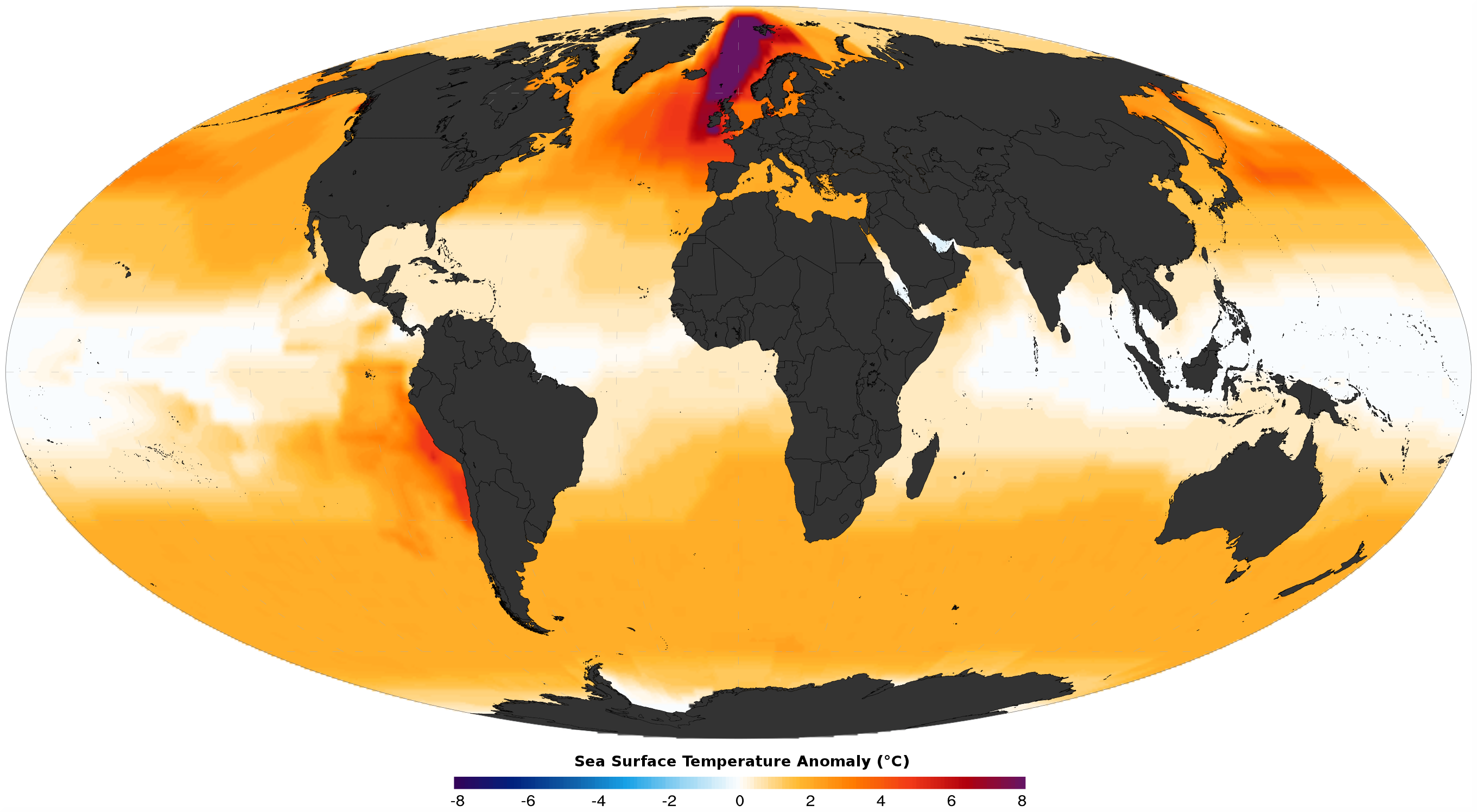|
Paracolobus
''Paracolobus'' is an extinct genus of primate closely related to the living colobus monkeys. It lived in eastern Africa in the Pliocene and Early Pleistocene. Fossils have been found in Kenya and Ethiopia, in places such as the Omo valley. Description Species of ''Paracolobus'' were large monkeys; ''P. chemeroni'' is estimated to have weighed between , while ''P. mutiwa'' and the comparatively small ''P. enkorikae'' have been estimated at and , respectively. Compared to another giant monkey ''Cercopithecoides'', ''Paracolobus'' had a longer face and deeper jaws. It had a longer cranium, broader muzzle, wider face and longer nasal bone than its closest relative, the extinct ''Rhinocolobus ''Rhinocolobus'' is an extinct genus of monkey closely related to modern colobus monkeys. It lived in eastern Africa during the Plio-Pleistocene, existing as recently as 1.5 million years ago. Taxonomy Fossils of ''Rhinocolobus'' were found in ...''. Its dentition was similar to modern c ... [...More Info...] [...Related Items...] OR: [Wikipedia] [Google] [Baidu] |
Rhinocolobus
''Rhinocolobus'' is an extinct genus of monkey closely related to modern colobus monkeys. It lived in eastern Africa during the Plio-Pleistocene, existing as recently as 1.5 million years ago. Taxonomy Fossils of ''Rhinocolobus'' were found in Shungura formation and Usno formation surrounding the Omo river valley and the Hadar formation surrounding the Afar depression in Ethiopia. It has been closely allied with living colobus monkeys as well as the extinct '' Paracolobus''. Description ''Rhinocolobus'' was larger than any living colobus monkey, and also displayed sexual dimorphism. Fossils of males have been estimated to weigh , while females have been estimated at only . It had a fairly long muzzle, and a nearly absent nasal bone, comparable to Asian snub-nosed monkeys Snub-nosed monkeys are a group of Old World monkeys and make up the entirety of the genus ''Rhinopithecus''. The genus is rare and not fully researched. Some taxonomists group snub-nosed monkeys together wi ... [...More Info...] [...Related Items...] OR: [Wikipedia] [Google] [Baidu] |
Colobinae
The Colobinae or leaf-eating monkeys are a family (biology), subfamily of the Old World monkey family that includes 61 species in 11 genus, genera, including the black-and-white colobus, the large-nosed proboscis monkey, and the gray langurs. Some classifications split the colobine monkeys into two tribes, while others split them into three groups. Both classifications put the three African genera ''Black-and-white colobus, Colobus'', ''Red colobus, Piliocolobus'', and ''Olive colobus, Procolobus'' in one group; these genera are distinct in that they have stub thumbs (Greek κολοβός ''kolobós'' = "docked"). The various Asian genera are placed into another one or two groups. Analysis of Mitochondrial DNA, mtDNA confirms the Asian species form two distinct groups, one of langurs and the other of the "odd-nosed" species, but are inconsistent as to the relationships of the gray langurs; some studies suggest that the gray langurs are not closely related to either of these groups ... [...More Info...] [...Related Items...] OR: [Wikipedia] [Google] [Baidu] |
Holotype
A holotype (Latin: ''holotypus'') is a single physical example (or illustration) of an organism used when the species (or lower-ranked taxon) was formally described. It is either the single such physical example (or illustration) or one of several examples, but explicitly designated as the holotype. Under the International Code of Zoological Nomenclature (ICZN), a holotype is one of several kinds of name-bearing types. In the International Code of Nomenclature for algae, fungi, and plants (ICN) and ICZN, the definitions of types are similar in intent but not identical in terminology or underlying concept. For example, the holotype for the butterfly '' Plebejus idas longinus'' is a preserved specimen of that subspecies, held by the Museum of Comparative Zoology at Harvard University. In botany and mycology, an isotype is a duplicate of the holotype, generally pieces from the same individual plant or samples from the same genetic individual. A holotype is not necessarily "ty ... [...More Info...] [...Related Items...] OR: [Wikipedia] [Google] [Baidu] |
Cercopithecoides
''Cercopithecoides'' is an extinct genus of colobine monkey from Africa which lived during the latest Miocene to the Pleistocene period. There are several recognized species, with the smallest close in size to some of the larger extant colobines, and males of the largest species weighed over . The type species, ''Cercopithecoides williamsi'', was named by O. D. Mollett in 1947, based on a partial cranium and mandible of a male individual from Makapansgat, South Africa. It has since been found across many Pliocene and Pleistocene sites in South Africa, Angola, and Kenya. The largest species, ''Cercopithecoides kimeui'', was named by Meave Leakey in 1982, based on fossils found in Kenya and Tanzania Tanzania, officially the United Republic of Tanzania, is a country in East Africa within the African Great Lakes region. It is bordered by Uganda to the northwest; Kenya to the northeast; the Indian Ocean to the east; Mozambique and Malawi to t ....Meave Leakey : Extinct Large Colob ... [...More Info...] [...Related Items...] OR: [Wikipedia] [Google] [Baidu] |
Prehistoric Primate Genera
Prehistory, also called pre-literary history, is the period of human history between the first known use of stone tools by hominins million years ago and the beginning of recorded history with the invention of writing systems. The use of symbols, marks, and images appears very early among humans, but the earliest known writing systems appeared years ago. It took thousands of years for writing systems to be widely adopted, with writing having spread to almost all cultures by the 19th century. The end of prehistory therefore came at different times in different places, and the term is less often used in discussing societies where prehistory ended relatively recently. It is based on an old conception of history that without written records there could be no history. The most common conception today is that history is based on evidence, however the concept of prehistory hasn't been completely discarded. In the early Bronze Age, Sumer in Mesopotamia, the Indus Valley Civilis ... [...More Info...] [...Related Items...] OR: [Wikipedia] [Google] [Baidu] |
Pleistocene Mammals Of Africa
The Pleistocene ( ; referred to colloquially as the ''Ice Age'') is the geological epoch that lasted from to 11,700 years ago, spanning the Earth's most recent period of repeated glaciations. Before a change was finally confirmed in 2009 by the International Union of Geological Sciences, the cutoff of the Pleistocene and the preceding Pliocene was regarded as being 1.806 million years Before Present (BP). Publications from earlier years may use either definition of the period. The end of the Pleistocene corresponds with the end of the last glacial period and also with the end of the Paleolithic age used in archaeology. The name is a combination of Ancient Greek () 'most' and (; Latinized as ) 'new'. The aridification and cooling trends of the preceding Neogene were continued in the Pleistocene. The climate was strongly variable depending on the glacial cycle, oscillating between cold glacial periods and warmer interglacials, with the sea levels being up to lower than ... [...More Info...] [...Related Items...] OR: [Wikipedia] [Google] [Baidu] |
Pliocene Mammals Of Africa
The Pliocene ( ; also Pleiocene) is the epoch in the geologic time scale that extends from 5.33 to 2.58See the 2014 version of the ICS geologic time scale million years ago (Ma). It is the second and most recent epoch of the Period in the . The Pliocene follows the Epoch and is followed by the |
Pleistocene Primates
The Pleistocene ( ; referred to colloquially as the ''ice age, Ice Age'') is the geological epoch (geology), epoch that lasted from to 11,700 years ago, spanning the Earth's most recent period of repeated glaciations. Before a change was finally confirmed in 2009 by the International Union of Geological Sciences, the cutoff of the Pleistocene and the preceding Pliocene was regarded as being 1.806 million years Before Present (BP). Publications from earlier years may use either definition of the period. The end of the Pleistocene corresponds with the end of the last glacial period and also with the end of the Paleolithic age used in archaeology. The name is a combination of Ancient Greek () 'most' and (; Latinized as ) 'new'. The aridification and cooling trends of the preceding Neogene were continued in the Pleistocene. The climate was strongly variable depending on the glacial cycle, oscillating between cold Glacial period, glacial periods and warmer Interglacial, int ... [...More Info...] [...Related Items...] OR: [Wikipedia] [Google] [Baidu] |
Pliocene Primates
The Pliocene ( ; also Pleiocene) is the epoch in the geologic time scale that extends from 5.33 to 2.58See the 2014 version of the ICS geologic time scale million years ago (Ma). It is the second and most recent epoch of the Neogene Period in the Cenozoic Era. The Pliocene follows the Epoch and is followed by the Epoch. Prior to the 2009 revision of the geologic tim ... [...More Info...] [...Related Items...] OR: [Wikipedia] [Google] [Baidu] |
Omo Valley
The Omo River (; also called Omo-Bottego) in southern Ethiopia is the largest Ethiopian river outside the Nile Basin. Its course is entirely contained within the boundaries of Ethiopia, and it empties into Lake Turkana on the border with Kenya. The river is the principal stream of an endorheic drainage basin, the Turkana Basin. The river basin is famous for its large number of early hominid fossils and archeological findings such as early stone tools, leading to its inclusion on the UNESCO World Heritage List in 1980. Geography The Omo River forms through the confluence of the Gibe River, by far the largest total tributary of the Omo River, and the Wabe River, the largest left-bank tributary of the Omo. Given their sizes, lengths and courses one might consider both the Omo and the Gibe rivers to be one and the same river but with different names. Consequently, the whole river basin is sometimes called the ''Omo-Gibe River Basin''. This river basin includes part of the western O ... [...More Info...] [...Related Items...] OR: [Wikipedia] [Google] [Baidu] |
AMNH
The American Museum of Natural History (AMNH) is a natural history museum on the Upper West Side of Manhattan in New York City. Located in Theodore Roosevelt Park, across the street from Central Park, the museum complex comprises 21 interconnected buildings housing 45 permanent exhibition halls, in addition to a planetarium and a library. The museum collections contain about 32 million specimens of plants, animals, fungi, fossils, minerals, rocks, meteorites, human remains, and human cultural artifacts, as well as specialized collections for frozen tissue and genomic and astrophysical data, of which only a small fraction can be displayed at any given time. The museum occupies more than . AMNH has a full-time scientific staff of 225, sponsors over 120 special field expeditions each year, and averages about five million visits annually. The AMNH is a private 501(c)(3) organization. The naturalist Albert S. Bickmore devised the idea for the American Museum of Natural History ... [...More Info...] [...Related Items...] OR: [Wikipedia] [Google] [Baidu] |
Ethiopia
Ethiopia, officially the Federal Democratic Republic of Ethiopia, is a landlocked country located in the Horn of Africa region of East Africa. It shares borders with Eritrea to the north, Djibouti to the northeast, Somalia to the east, Kenya to the south, South Sudan to the west, and Sudan to the northwest. Ethiopia covers a land area of . , it has around 128 million inhabitants, making it the List of countries and dependencies by population, thirteenth-most populous country in the world, the List of African countries by population, second-most populous in Africa after Nigeria, and the most populous landlocked country on Earth. The national capital and largest city, Addis Ababa, lies several kilometres west of the East African Rift that splits the country into the African Plate, African and Somali Plate, Somali tectonic plates. Early modern human, Anatomically modern humans emerged from modern-day Ethiopia and set out for the Near East and elsewhere in the Middle Paleolithi ... [...More Info...] [...Related Items...] OR: [Wikipedia] [Google] [Baidu] |







